Hyundai Creta EV vs Tata Nexon EV Spec Comparison: What's Different?
This comparison between the Hyundai Creta EV and the Tata Nexon EV delves into the specifications of both models, highlighting their differences in battery capacity, range, and features.
By Reetika Bhatt
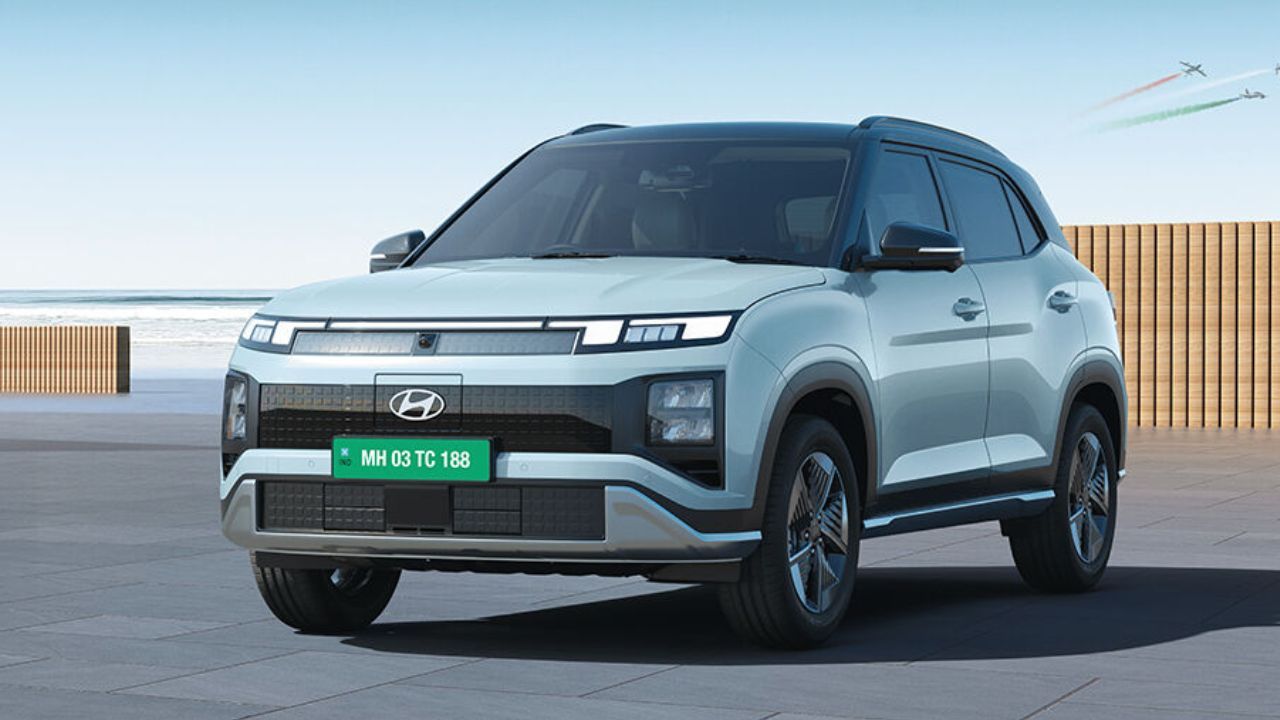
The upcoming Hyundai Creta EV and Tata Nexon EV are poised to be key players in the rapidly growing electric SUV segment, offering a range of features tailored to modern drivers. Both vehicles promise impressive performance and cutting-edge technology, but they differ in several key areas. The Creta EV is expected to offer larger battery options, more spacious interiors, and a host of premium features like a panoramic sunroof, ADAS, and vehicle-to-load (V2L) technology. In contrast, the Nexon EV stands out with its focus on efficiency, compact design, and competitive pricing. This comparison delves into the specifications of both models, highlighting their differences in battery capacity, range, performance, and features, helping potential buyers make an informed decision when choosing between these two electric SUVs.
Hyundai Creta EV vs Tata Nexon EV Spec Comparison: Dimensions
Hyundai has not yet revealed the precise dimensions of the Creta Electric, but it is anticipated to be similar in size to the current Creta. The petrol-powered Creta has a length of 4,330mm, a width of 1,790mm, a height of 1,635mm, and a wheelbase of 2,610mm.
Also Read: Kia Syros Vs Tata Nexon Spec Comparison: What's Different?
In comparison, the Curvv EV measures 3,993mm in length, 1,811mm in width, 1,607mm in height, and has a wheelbase of 2,498mm.
Hyundai Creta EV vs Tata Nexon EV Spec Comparison: Battery Details
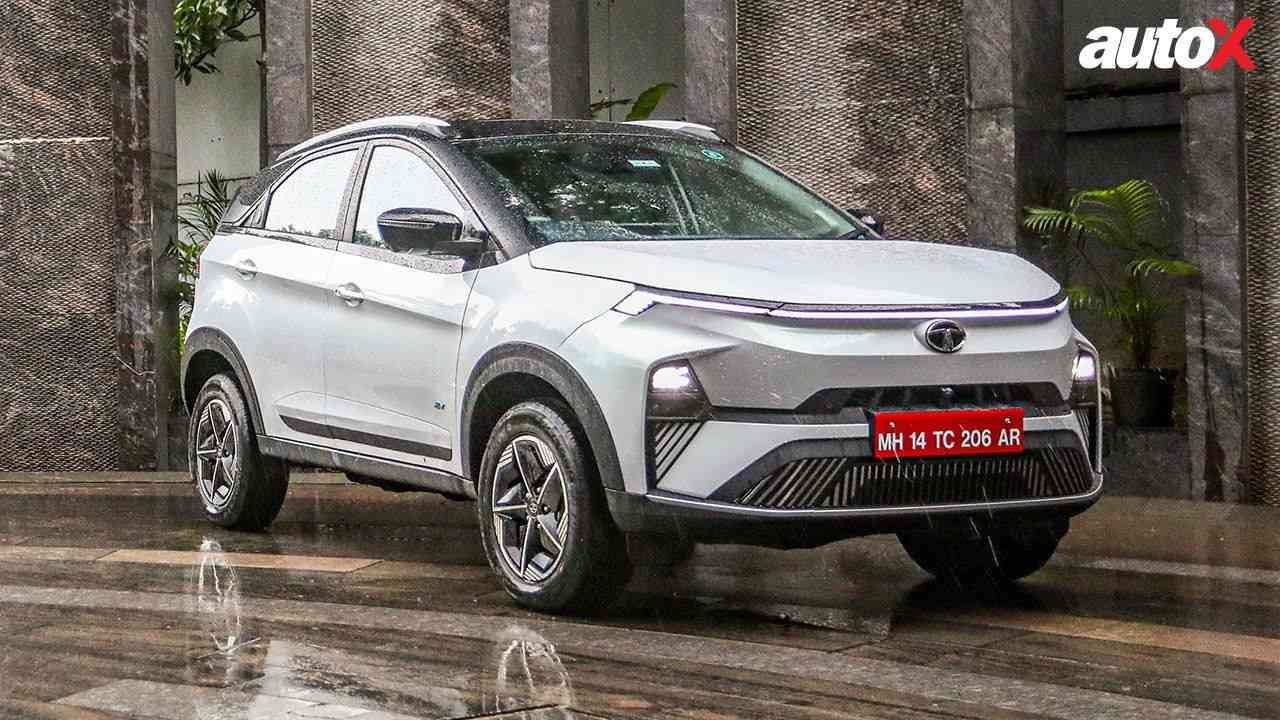
The Creta EV will come with two battery options: a 42kWh pack and a larger 51.4kWh pack, offering ARAI-rated ranges of 390 km and 473 km, respectively. While specific details about the electric motor remain undisclosed, the vehicle will feature a single PMSM motor with a front-wheel-drive (FWD) configuration. Notably, the top-tier Excellence variant will only be available with the larger 51.4kWh battery, which is exclusive to the mid-level and higher trims. Hyundai claims the Creta EV equipped with a larger battery can accelerate from 0 to 100km/h in just 7.9 seconds. It will feature three drive modes: Eco, Normal, and Sport.
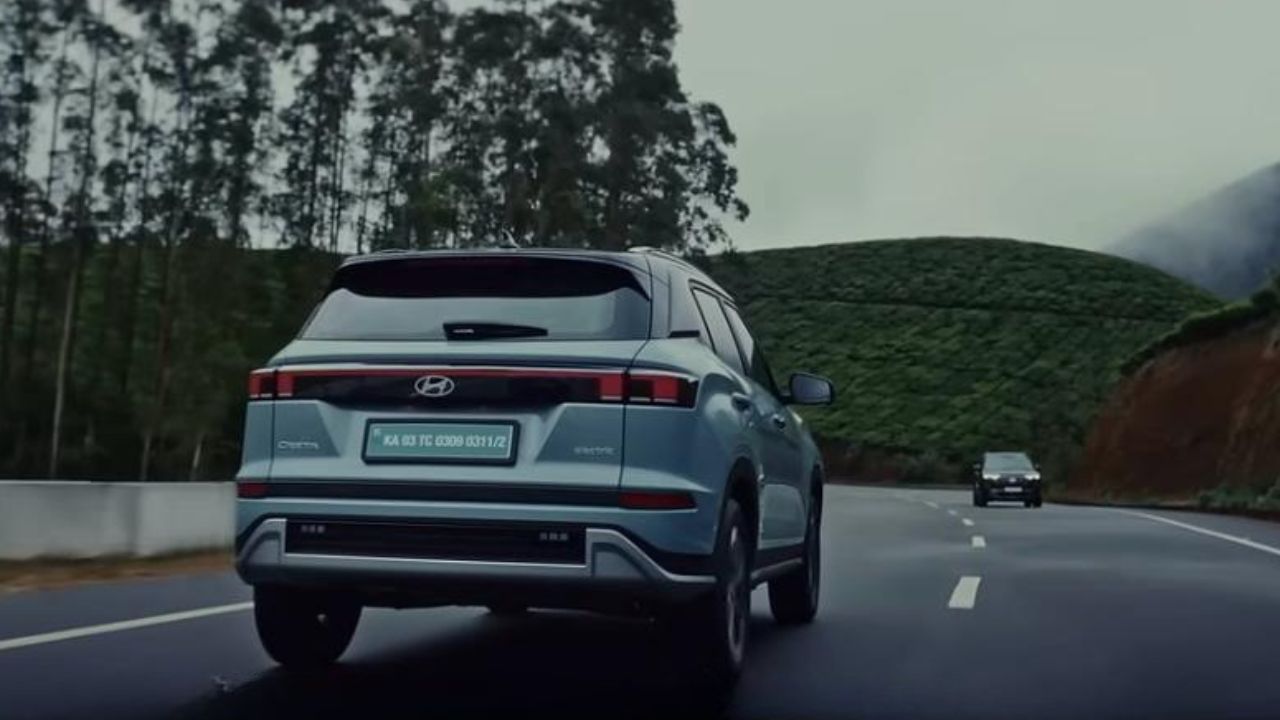
The Nexon EV is available with two battery pack options: a 30.2kWh unit and a larger 40.5kWh version. The smaller battery delivers 127bhp and 215Nm of torque, while the larger one produces 141bhp with the same torque output. Both configurations are powered by a new Gen2 permanent magnet synchronous motor, which is designed to be more efficient, lightweight, and environmentally friendly. The 30.2kWh battery provides a range of 325 km, while the 40.5kWh battery extends the range to an impressive 465 km. In this segment, Tata’s SUV outperforms the MG EV by offering a larger battery capacity and superior driving range.
Hyundai Creta EV vs Tata Nexon EV Spec Comparison: Charging Details
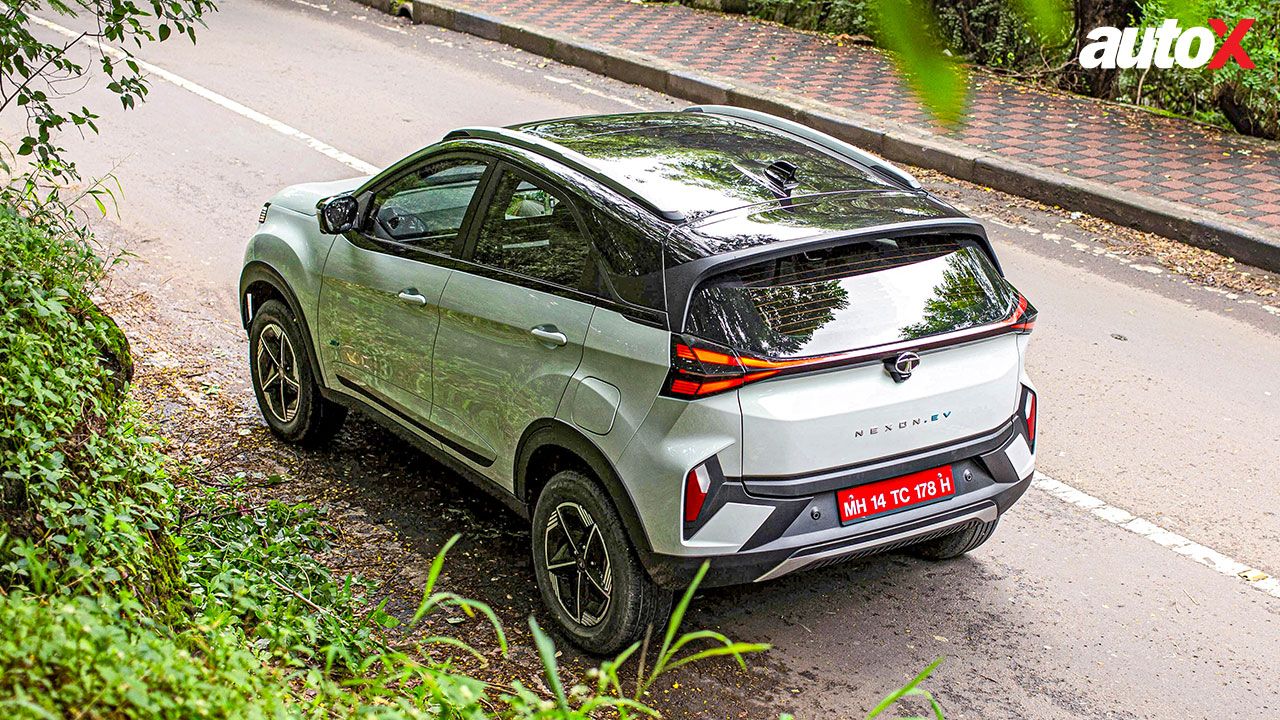
The Creta EV can be charged via a DC fast charger or an 11kW AC wall box charger. When using the DC fast charger, it can reach 80% from 10% in just 58 minutes. Meanwhile, the AC charger takes approximately 4 hours to fully charge the vehicle, from 10% to 100%.
Also Read: Hyundai India Year-on-Year Sales Decline 2.4% in December 2024
The Tata Nexon EV can be charged using a fast DC charger or an AC wall box. With a DC fast charger, it can go from 0% to 80% in about 60 minutes. Using a 3.3 kW AC home charger, it takes approximately 8 to 9 hours for a full charge.
Hyundai Creta EV vs Tata Nexon EV Spec Comparison: Features
The Creta EV boasts a refreshed design, featuring a new steering wheel and a modern floating centre console. It comes packed with high-tech features, including a 360-degree camera system, advanced driver assistance system (ADAS), vehicle-to-load (V2L) functionality, Hyundai’s digital key, and a panoramic sunroof.
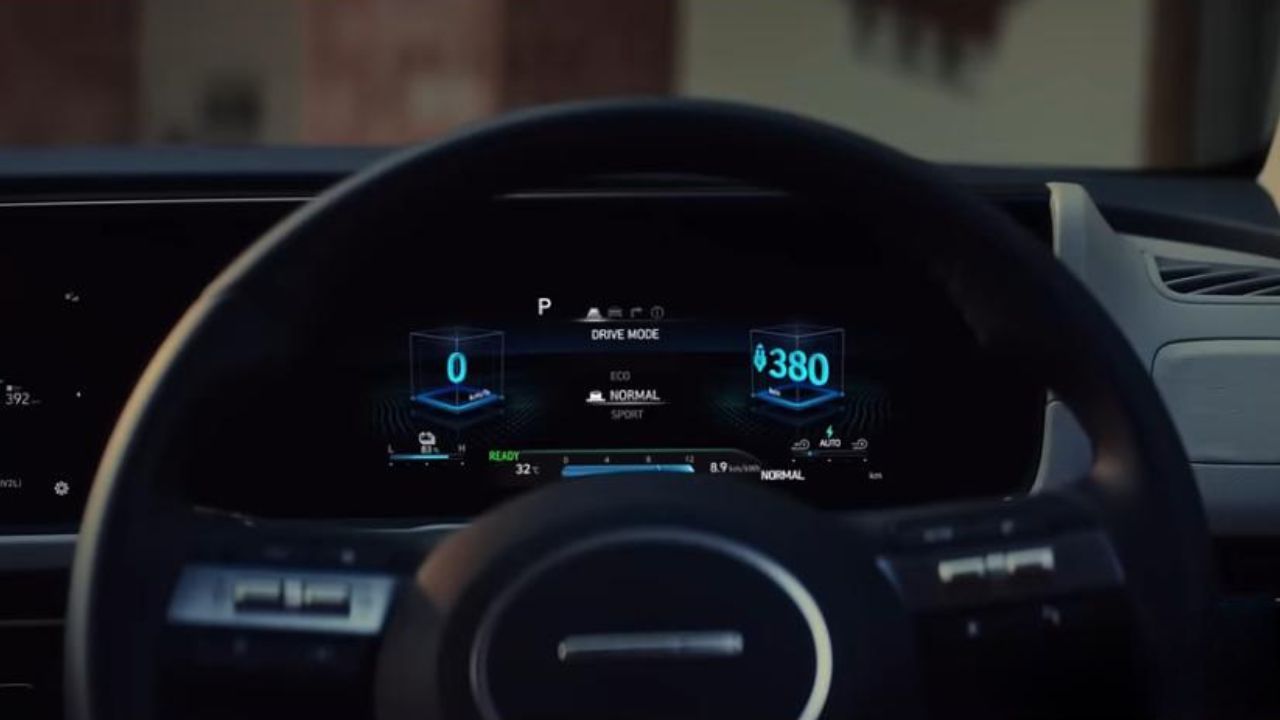
Additionally, it retains several premium features from the standard Creta such as Alexa integration, an eight-way electrically adjustable driver’s seat, keyless entry and ignition, wireless charging, a 10.25-inch touchscreen infotainment unit, BlueLink-connected car services, an eight-speaker Bose audio setup with a subwoofer, leatherette upholstery, ambient lighting, an electronic parking brake (EPB), a 10.25-inch digital instrument cluster, ventilated front seats, an auto-dimming rearview mirror, dual-zone climate control, a blind-spot monitor, and adaptive cruise control.
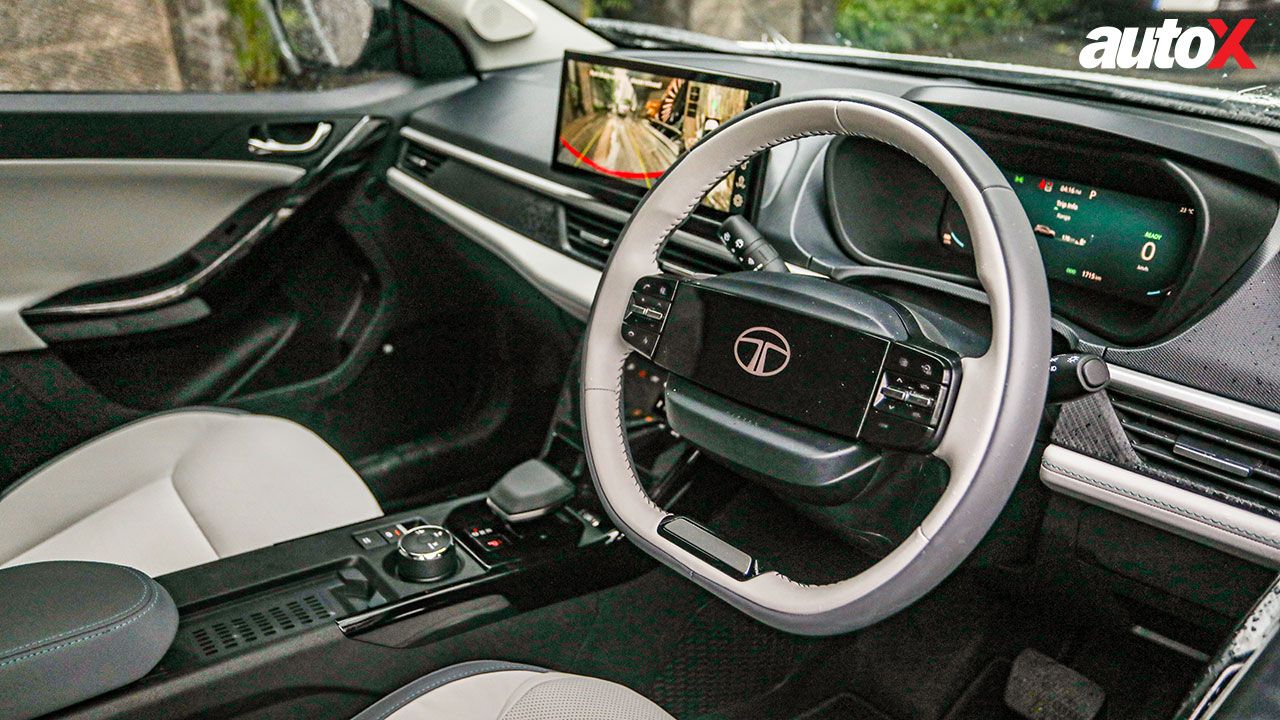
Speaking of the Nexon EV, it is equipped with a 10.25-inch digital instrument cluster, a 12.3-inch touchscreen with mobile connectivity, touch-based HVAC controls, a wireless charger, ventilated front seats, a nine-speaker JBL sound system, cruise control, vehicle-to-load charging tech, ABS, a 360-degree camera, and six airbags.

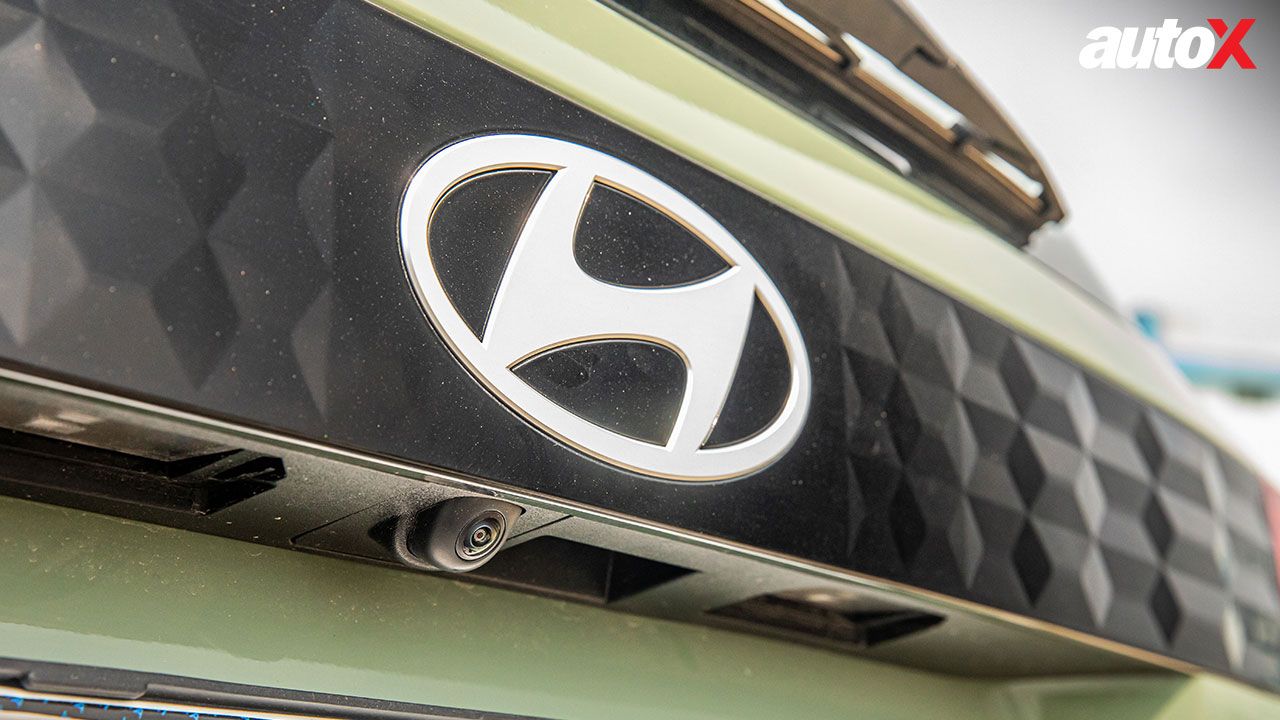



-1763351568306.webp)